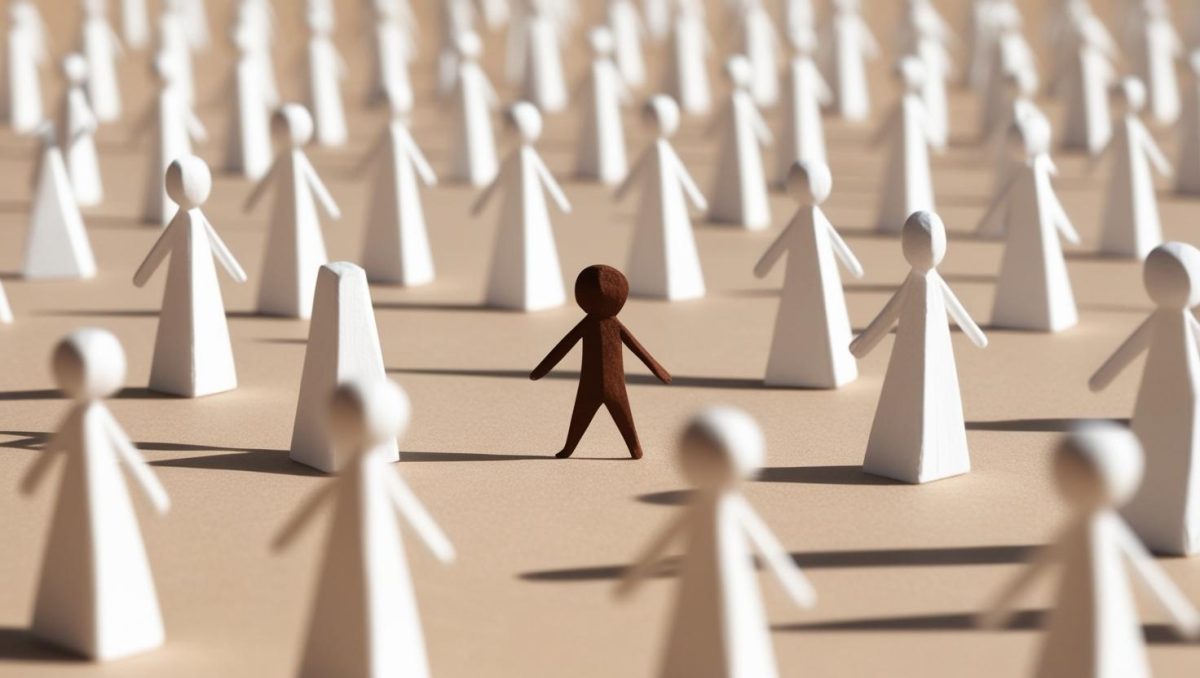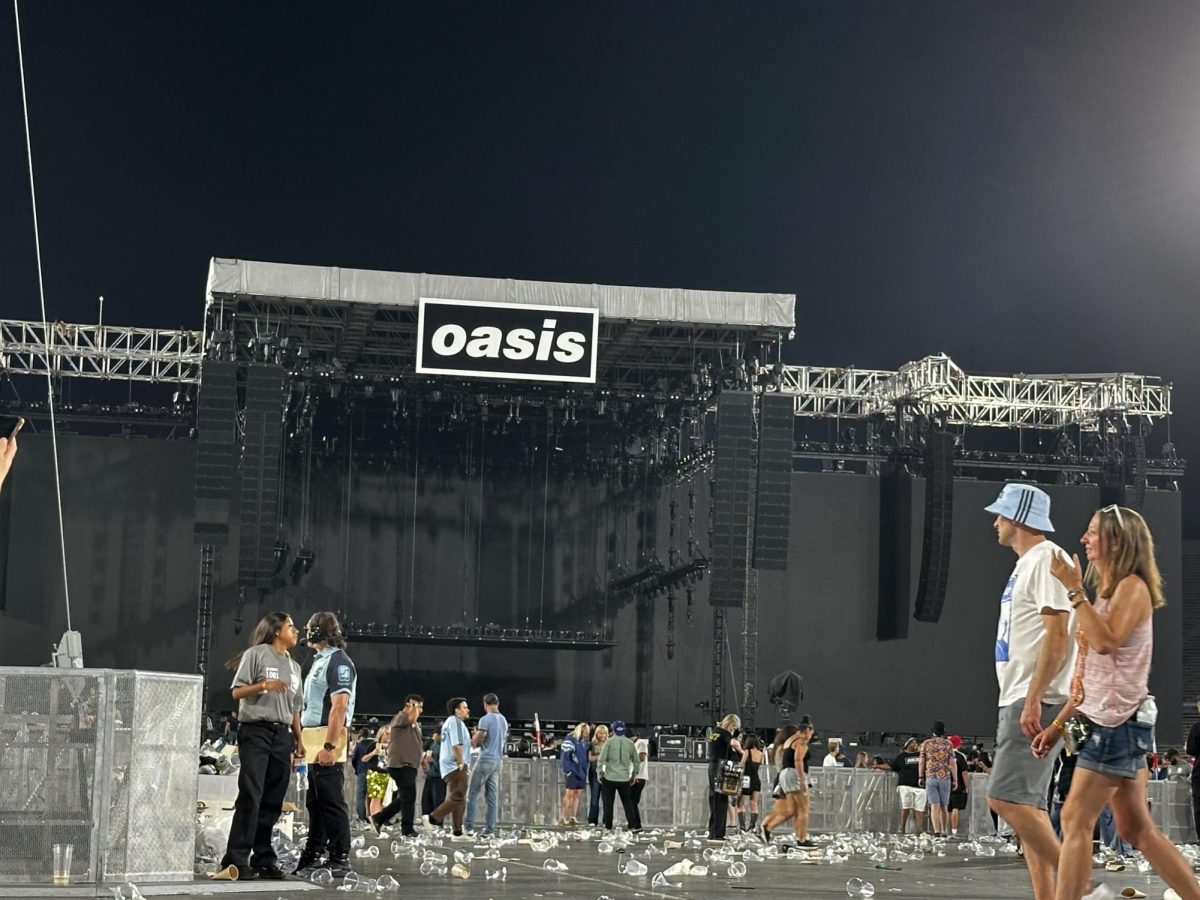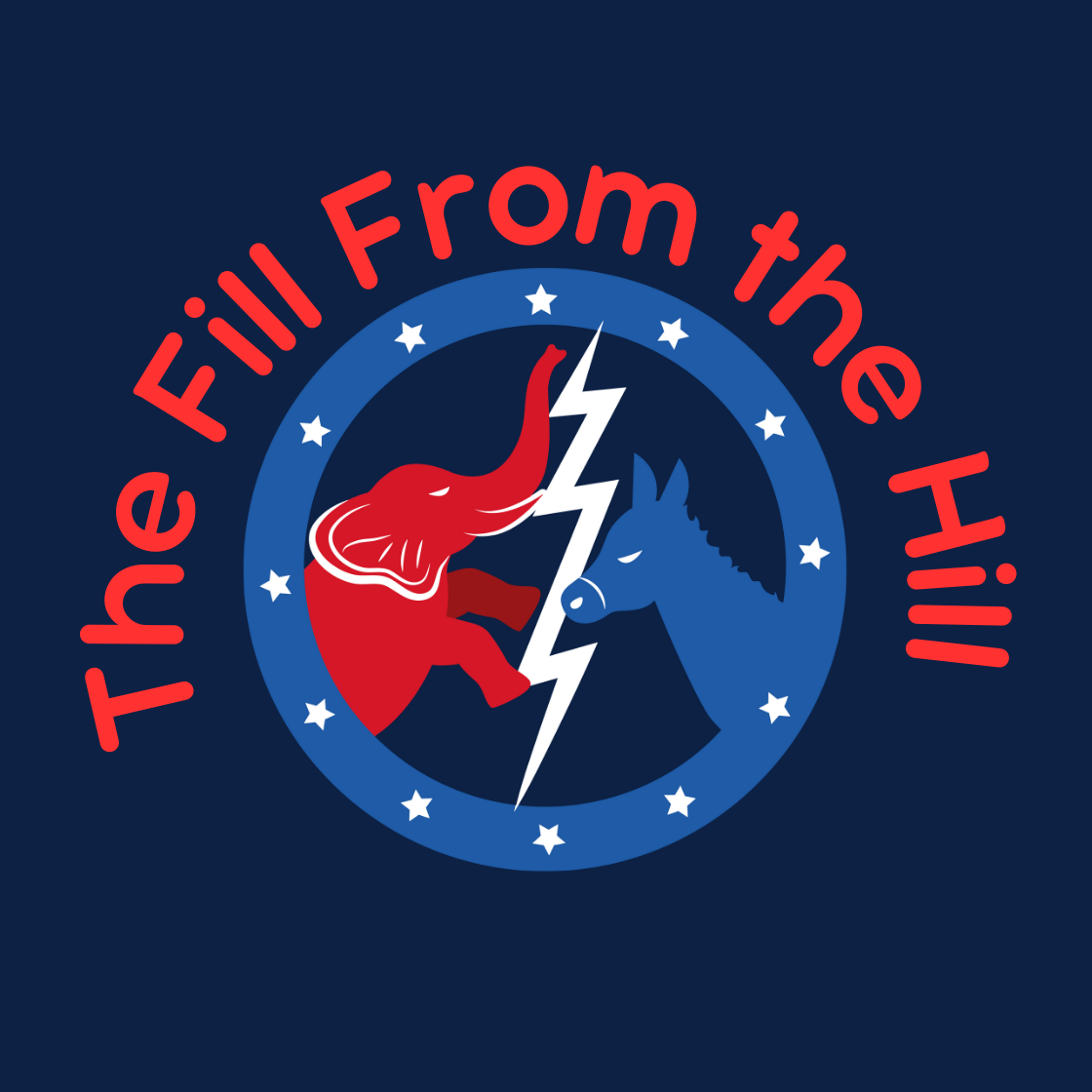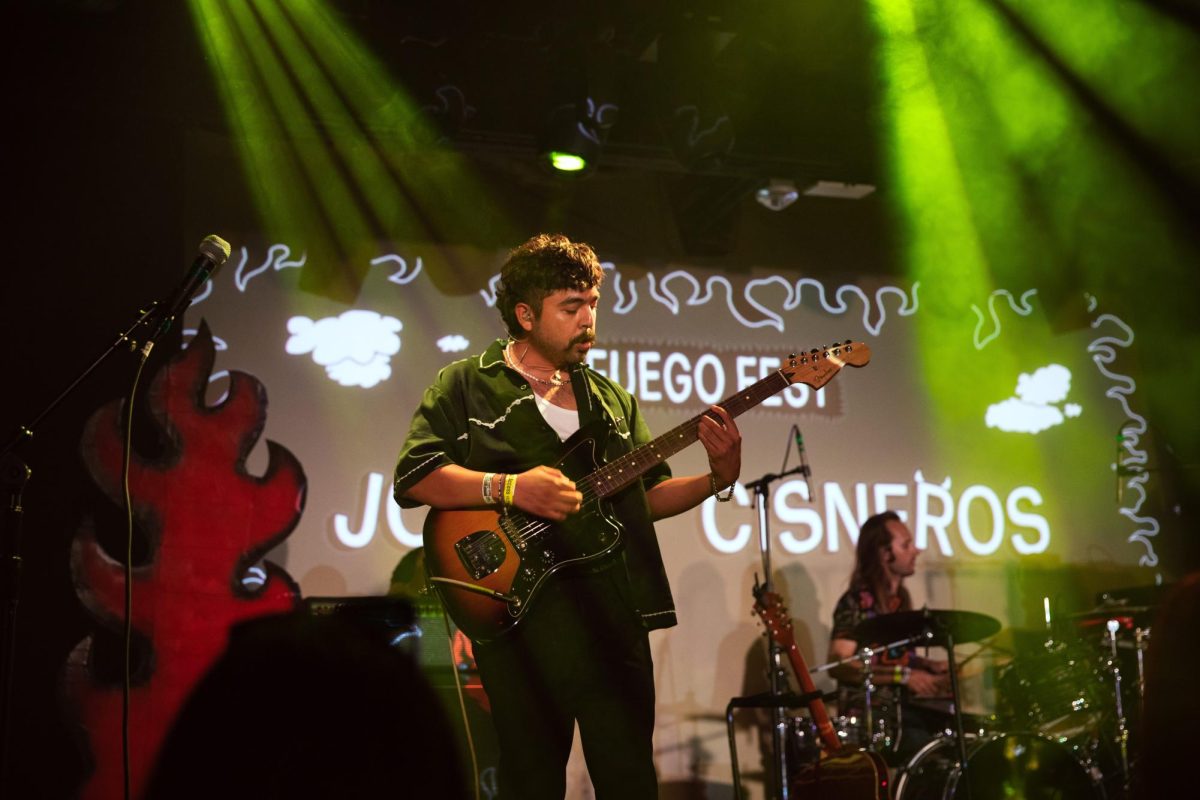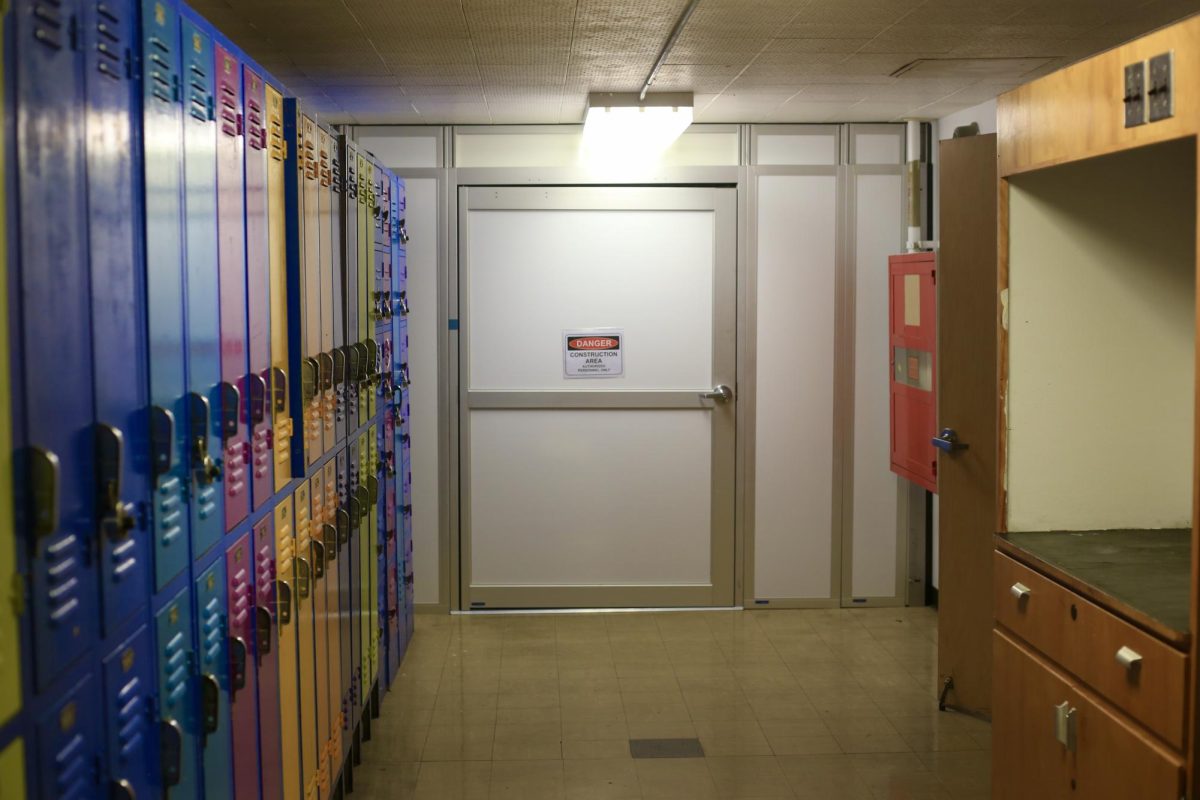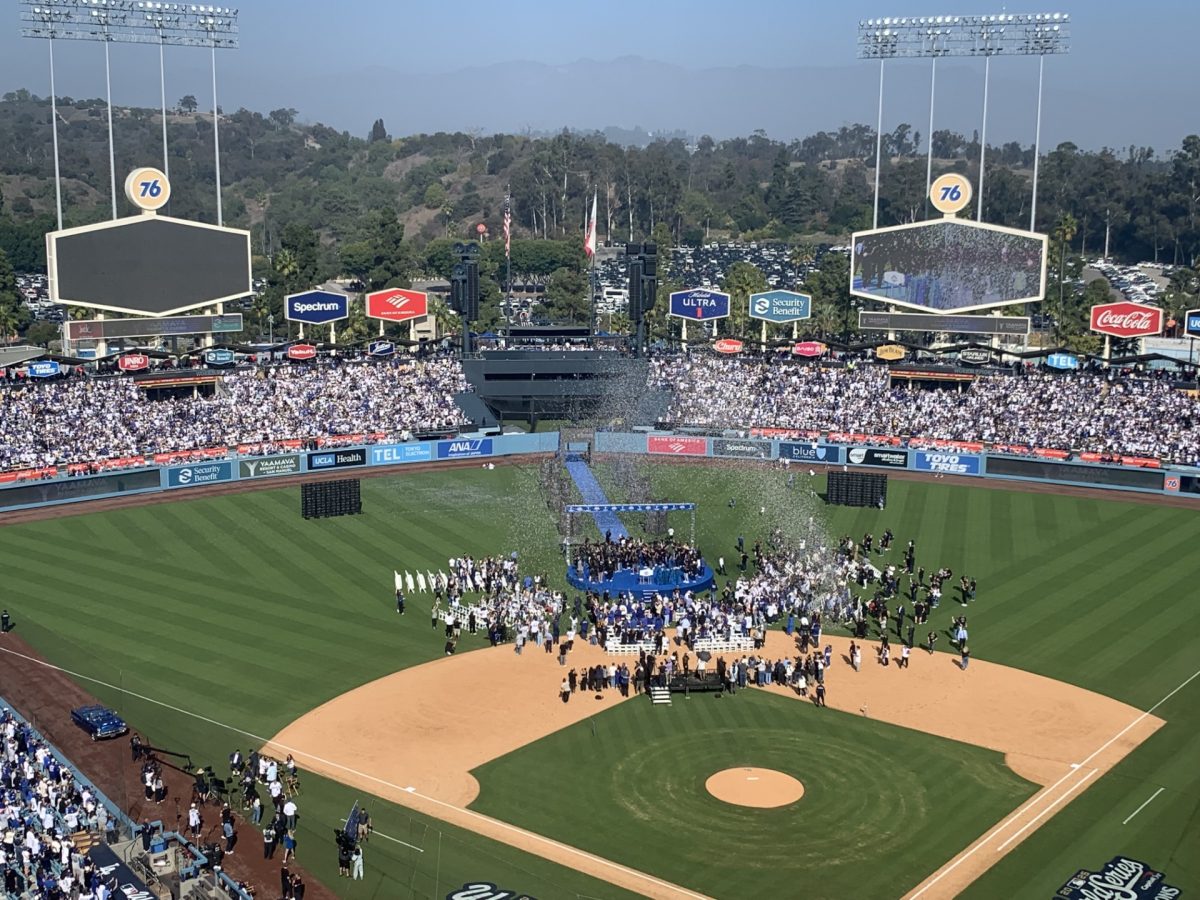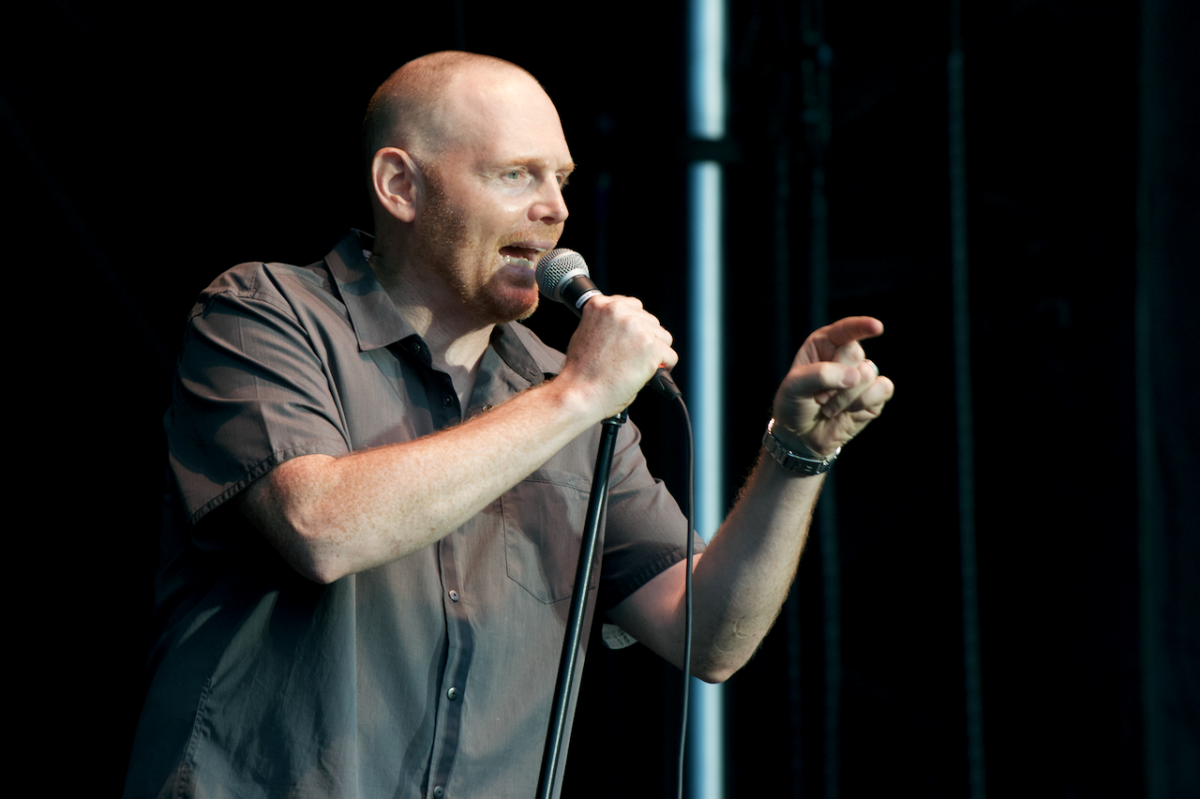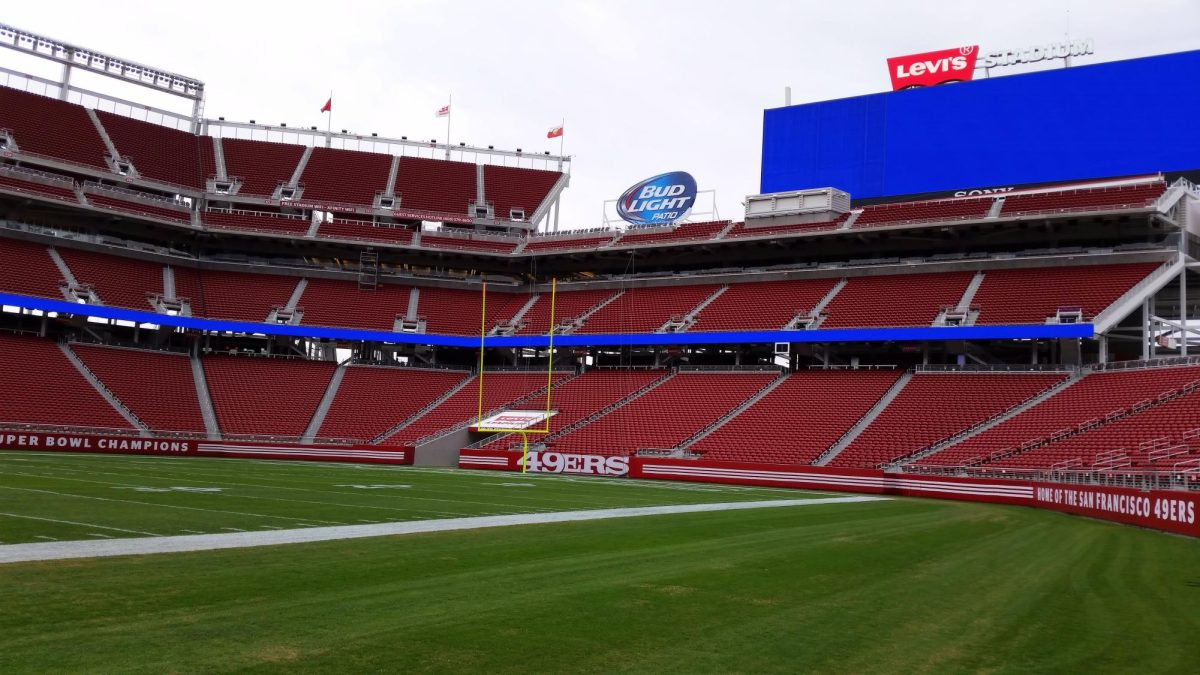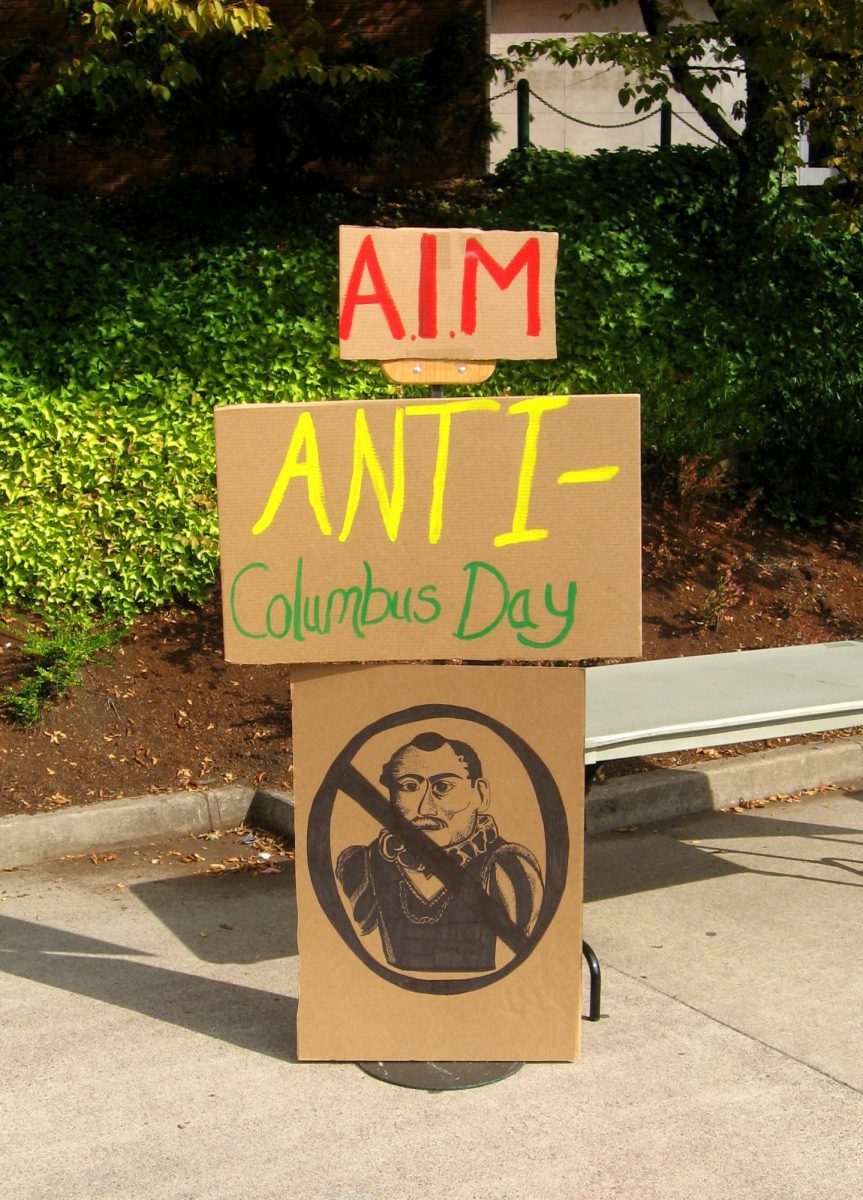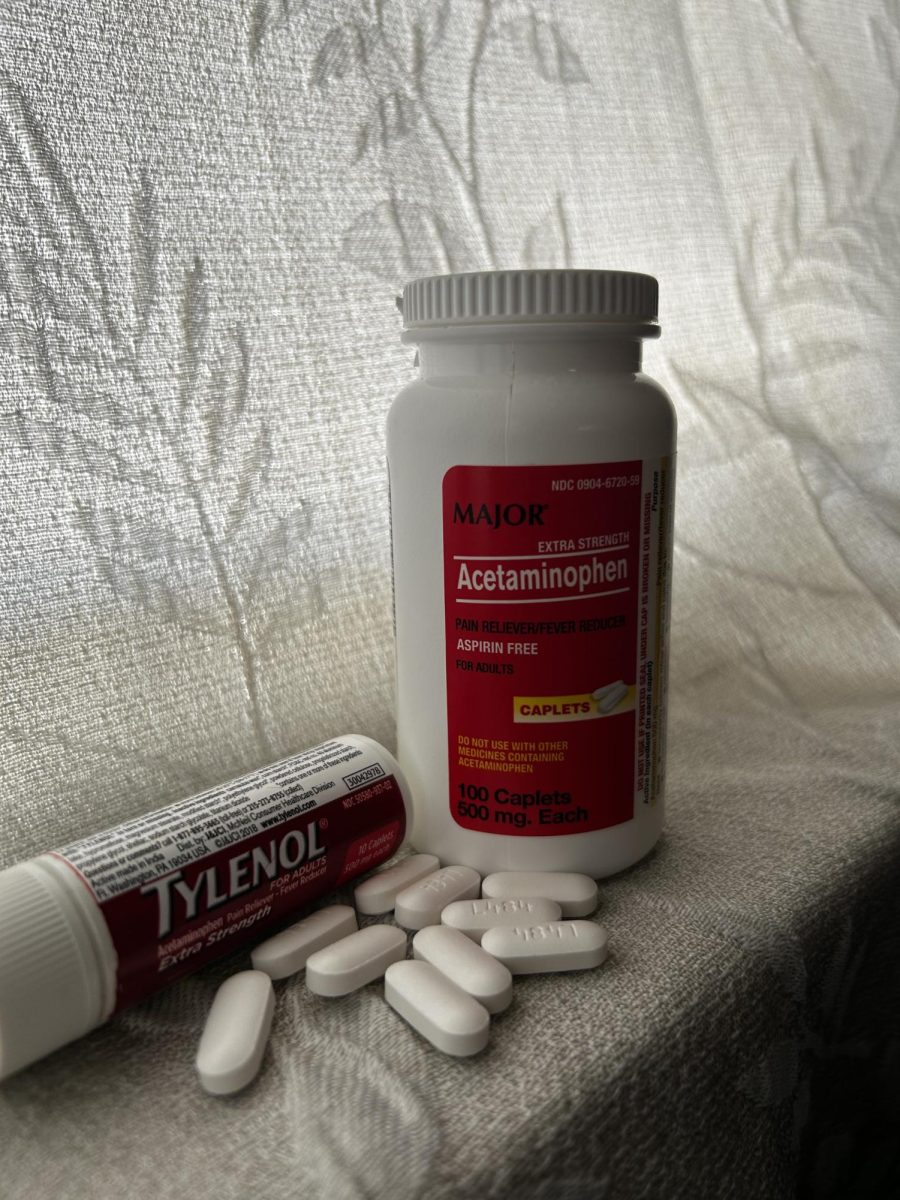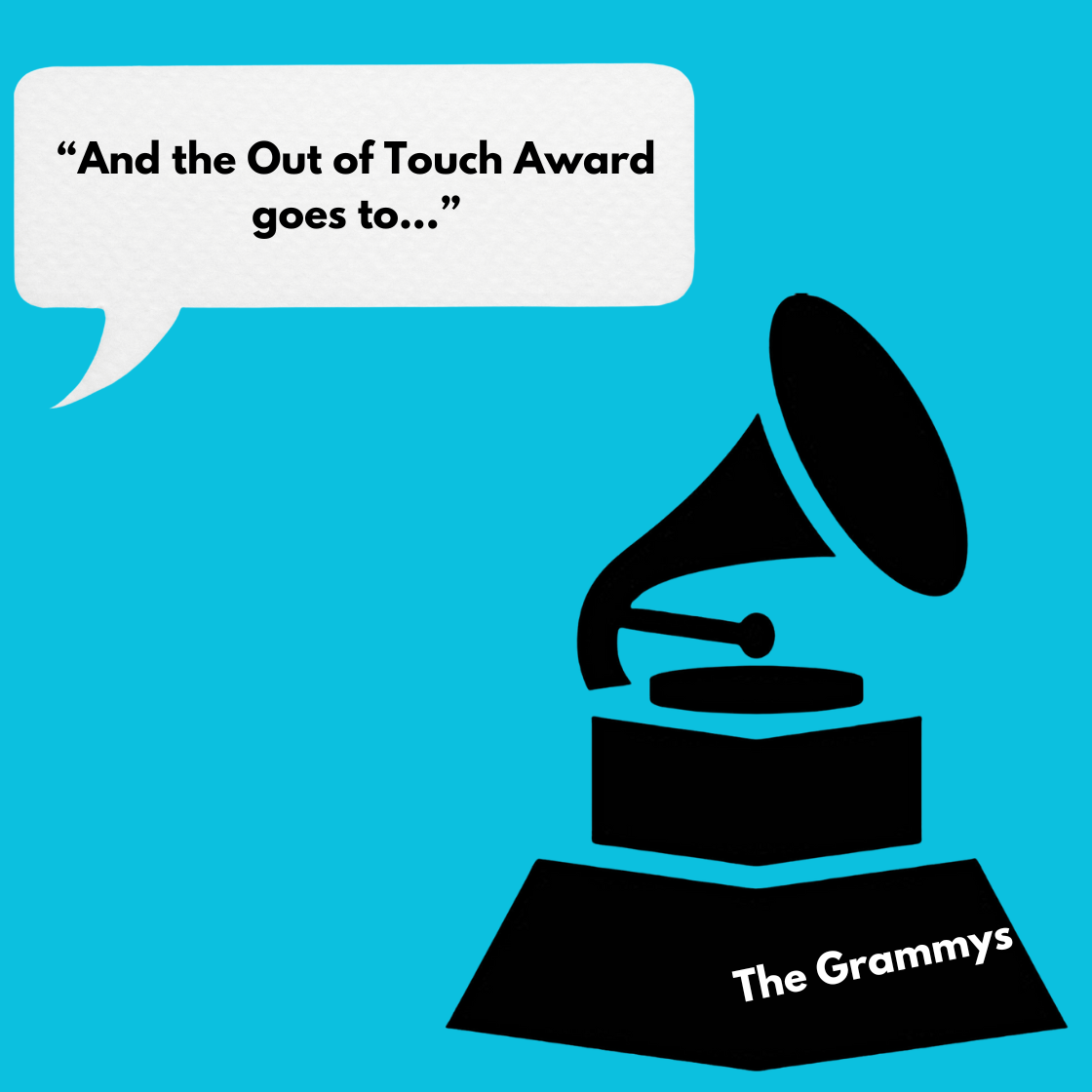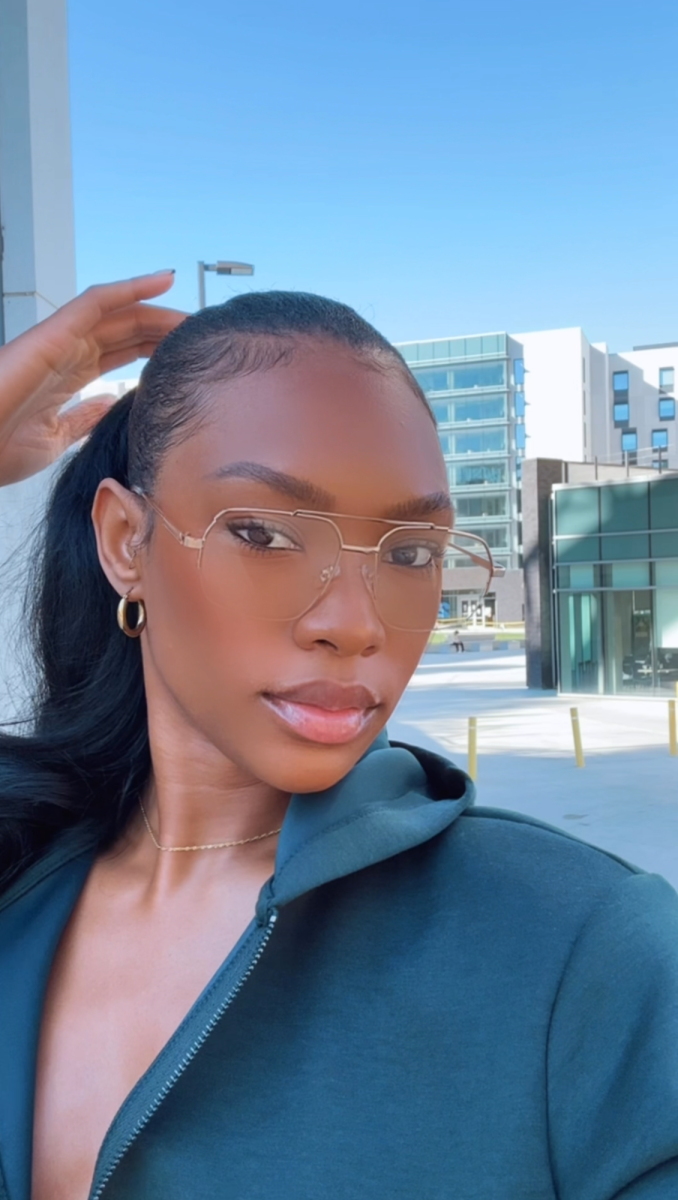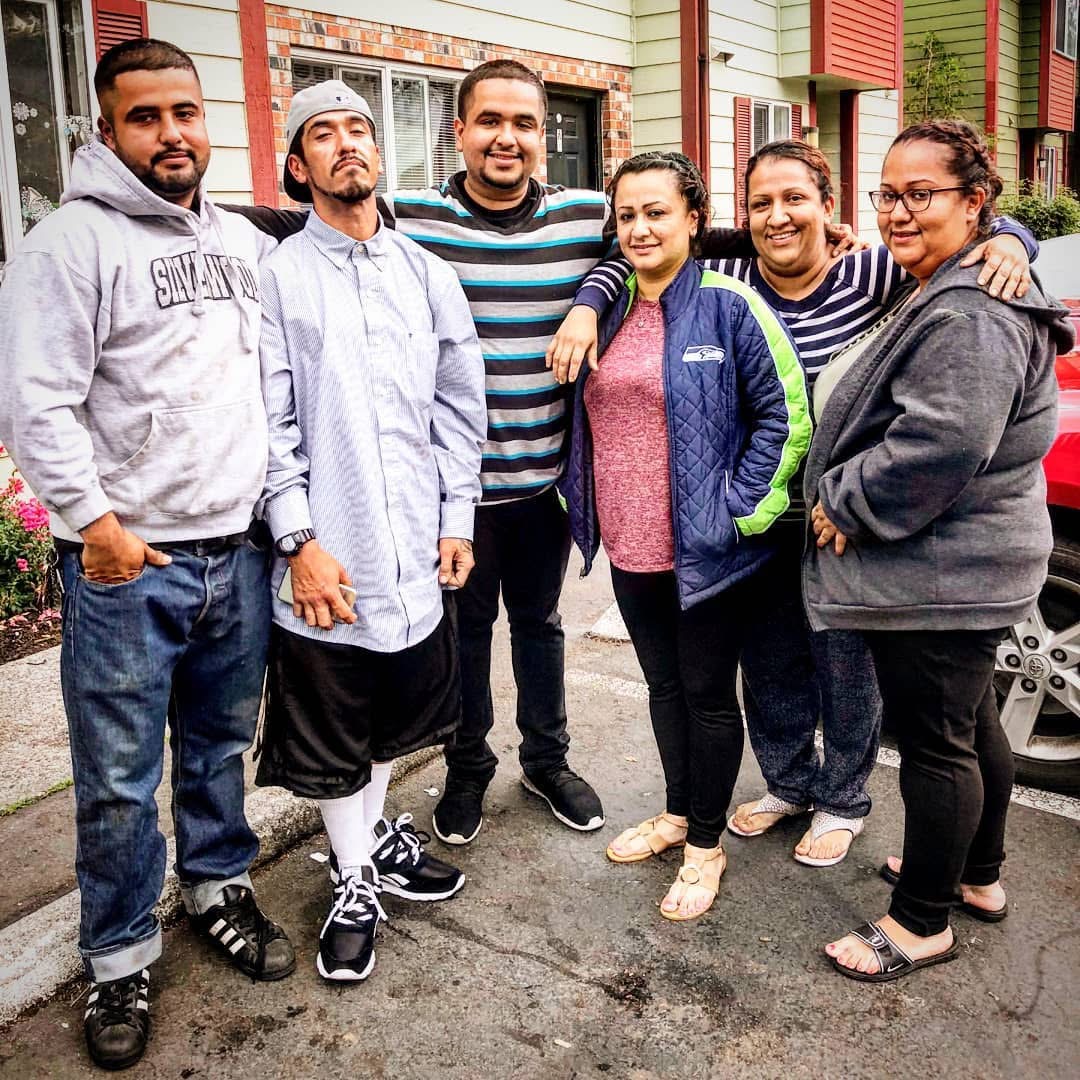I have had an identity crisis my entire life. I was raised in the eastern part of San Diego. No, not Del Cerro, not La Mesa. Believe it or not, there’s actually more past Grossmont Center Drive. Yeah, I’m talking about the one and only Santee, California.
Now, one might think, “So what? It’s the suburbs.”
That is correct. Some might know it as the place where the Ku Klux Klan laid down roots in the ‘60s. Others know it for the high-flying MAGA flags and “Let’s go Brandon” bumper stickers on lifted pickup trucks. It’s also the birthplace of my PTSD. This place had me trying to scrub the brown off my skin in the shower every night. Rubbing myself with lemon juice in hopes it would brighten my skin and I’d be like the pretty “gueritas” I saw on telenovelas growing up.
Today, I am a proud Mexican-American. Both of my parents have worked incredibly hard to get to where they are. They’ve overcome the odds against them. They’ve taught me everything I know and prepared me for the real world. But nothing, and I mean nothing, could prepare me for the racism I’d experience growing up in Santee.
School was hard. It wasn’t a safe space for me. Racism and bullying were an everyday thing. I was too brown or I had too much hair on my body. My grandma took me to get my eyebrows waxed at six years old. I started shaving in the fourth grade.
“Everyday I walk out this front door wondering what someone is going to say to me today,” I would cry to my mom.
She didn’t even know how to handle it. She grew up in a town on the U.S.-Mexico border and was part of the majority. There was no racism towards her people because it was all that was out there. She’d tell me to go make friends with my fellow peers of color, all two of them. At the time, I thought it would only bring attention to the fact that we weren’t white. I wanted to fit in with the “cool white kids.”
I have memories of being at friends’ houses and their parents making comments about how I’d have to clean their kitchen later because it’s what my people do. They’d use “Mexican” as an insult. We’d play outside and maybe get a little dirt on us, or sometimes we’d spend the day doing nothing.
“You’re so filthy, now you look like a dirty Mexican. Ashley, do your cousins look like this too?” their moms would ask. “You guys are being lazy, want me to drop you off with the lazy Mexicans outside Home Depot?”
Or maybe we’d be stopped at a traffic light and the homeless man on the corner was all of a sudden my uncle. One time, I had a friend bring me back an M&M’s shirt from Las Vegas. Everyone knows how many colors there are.
“Here Ash, I got you this shirt and I picked the brown one because it looks like you,” my friend said.
It’s a silent monster. No one really understands until you’re in the mouth of it and it’s already chewed you up, digested you, and tracked you to wherever the ugly stomach of Santee decides what box you’ll be put in as a person of color. Why did these people have such a hard time accepting me for me?
It seemed nearly impossible for people to refer to me by my name or even my hair color. I wouldn’t have even been mad if they used my height as a reference — I’m pretty short.
As far as my memory goes, I’ve always been the only brown friend — the Mexican one, the maid, the landscaper, the immigrant, the hairy one, you name it. The best was when I’d be told to go back to my country, but I was born here, in the United States. And this was by my closest friends … and their parents.
I think that’s what made it worse for me — understanding that racism is taught, that it is a social construct, and I was seeing it being taught right in front of my eyes.
I thought it was normal to be followed in the store until you’re done shopping. I thought it was normal to have your picture taken every time a police officer pulls you over. I thought it was normal to have the police call for a seven-car backup on a teenage girl watching the sunset.
I never felt at peace. I was constantly on edge about what ignorant comment would come out of someone’s mouth next. I’m positive this is where my social anxiety stemmed from.
So I built a wall around myself, wary of every white person I came in contact with. I started making my own assumptions about how people were going to treat me, and as a result, I became angry, anxiety-ridden, and judgemental.
I realized I wasn’t any better than the people who essentially drove me to this disgusting character development. I had to take myself back. My beauty, my pride, my name, my brownness. Today, people tell me I’m lucky for the “beautiful brows” and hair I have, or my naturally tan skin. But I’m still the same girl they called a “Mexican monkey” almost every day. I’ve spent years reconnecting with the little brown girl I suppressed for so long to make others comfortable.
Today, I am someone whose culture runs deep and whose pride is strong. Today, I am comfortable with who I am and who I come from. I look for those who fill my cup and not drain it out, for those who ask me about my culture and not assume, for safety instead of racial slurs. Today, I am a proud Mexican-American woman. In this universe, today and everyday, I am not your brown friend — I am Ashley.
This article was first published in the April 25 print edition of the University Times.

